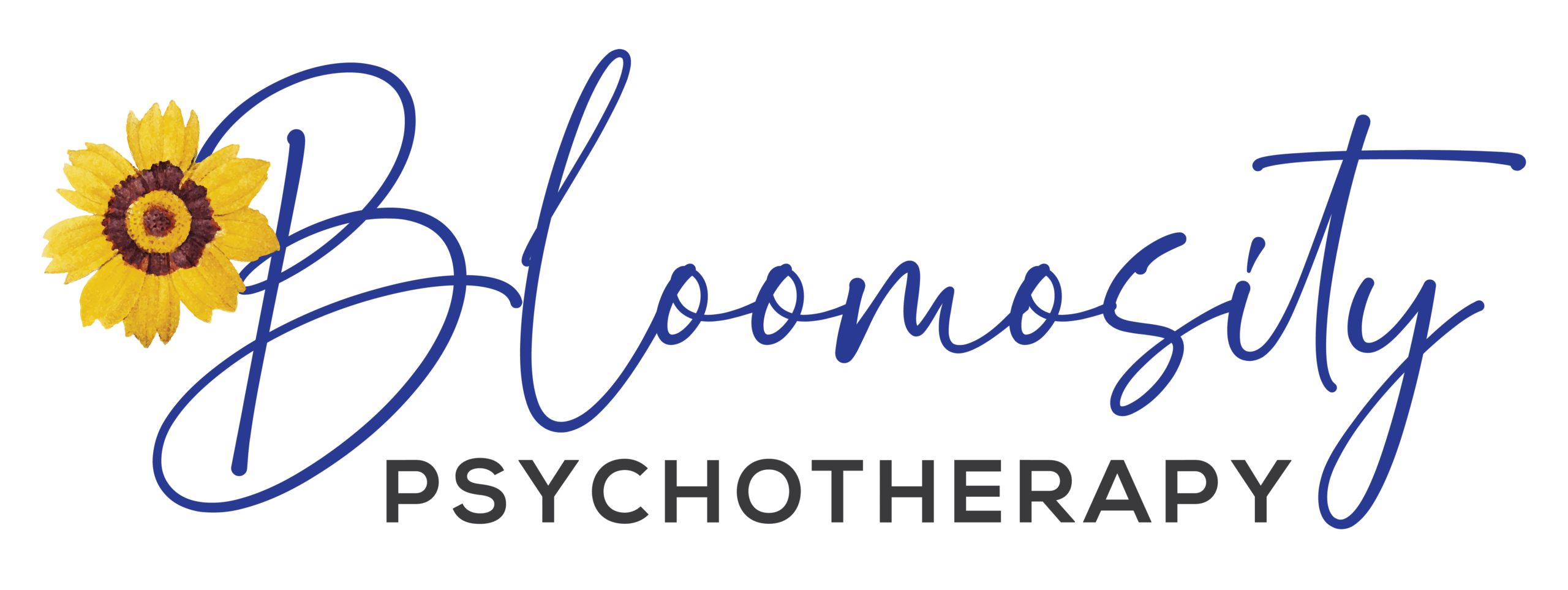Yoga is an ancient eastern practice that was brought to the attention of the west in the early 20th century by masters such as Tirumalai Krishnamacharya, Paramahansa Yogananda and BKS Iyengar.
Yoga is Sanskrit (an ancient Indian language still used today) for “yoke” and in Yoga, it is the mind and body that is being “yoked” together. Today, based on neuroscience research, most psychologists espouse monism, the idea that the mind and body are intricately linked. Research indicates that the practice of Yoga helps to regulate the stress response thereby reducing occurrence of anxiety and depression.
The practice of yoga is incorporated into treatment by medical doctors because of its health-related benefits. For example, Mindfulness Based Stress Reduction, or MBSR, may be prescribed by GP’s and covered by OHIP.
In general, the benefits of a regular Yoga practice include:
- Better flexibility, strength, and posture of the body
- Better all-round fitness
- Weight loss (when combined with healthy diet)
- Increased energy
- Reduced stress
- Improved breathing
- Happiness
- Mindfulness
There are many different styles of Yoga: Ashtanga, Hatha, Restorative, Vinyasa and Yin are a few that I have practiced, and I teach all of these, except for Ashtanga.
Ashtanga: Rigorous style of yoga that follows a specific sequence of postures and is like Vinyasa yoga, as each pose links every movement to a breath. The difference from Vinyasa is that Ashtanga always performs the exact same poses in the exact same order. It is a physically demanding practice.
Hatha: Hatha yoga is a generic term that refers to any type of yoga that teaches physical postures. It is less vigorous than Ashtanga and Vinyasa and provides introduction to more basic yoga asanas (postures).
Restorative: A soft, slow-pace, comfortable practice that involves the use of props such as bolsters, blankets, and straps. Props help students into passive poses so the body can experience the benefits of a pose without having to exert any effort.
Yin: A slow-pace practice that allows for some discomfort. Props may be used, and poses are held for 5 minutes or longer.
If you want to try Hatha Yoga, go to www.Bloomosity.com for my 30 Minute Morning Yoga Practice. Here is the link to the video on YouTube.
